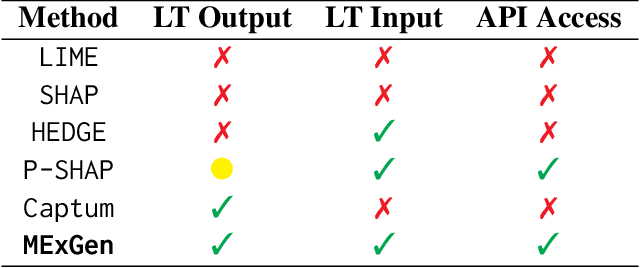Hyo Jin Do
Facilitating Human-LLM Collaboration through Factuality Scores and Source Attributions
May 30, 2024



Abstract:While humans increasingly rely on large language models (LLMs), they are susceptible to generating inaccurate or false information, also known as "hallucinations". Technical advancements have been made in algorithms that detect hallucinated content by assessing the factuality of the model's responses and attributing sections of those responses to specific source documents. However, there is limited research on how to effectively communicate this information to users in ways that will help them appropriately calibrate their trust toward LLMs. To address this issue, we conducted a scenario-based study (N=104) to systematically compare the impact of various design strategies for communicating factuality and source attribution on participants' ratings of trust, preferences, and ease in validating response accuracy. Our findings reveal that participants preferred a design in which phrases within a response were color-coded based on the computed factuality scores. Additionally, participants increased their trust ratings when relevant sections of the source material were highlighted or responses were annotated with reference numbers corresponding to those sources, compared to when they received no annotation in the source material. Our study offers practical design guidelines to facilitate human-LLM collaboration and it promotes a new human role to carefully evaluate and take responsibility for their use of LLM outputs.
Multi-Level Explanations for Generative Language Models
Mar 21, 2024



Abstract:Perturbation-based explanation methods such as LIME and SHAP are commonly applied to text classification. This work focuses on their extension to generative language models. To address the challenges of text as output and long text inputs, we propose a general framework called MExGen that can be instantiated with different attribution algorithms. To handle text output, we introduce the notion of scalarizers for mapping text to real numbers and investigate multiple possibilities. To handle long inputs, we take a multi-level approach, proceeding from coarser levels of granularity to finer ones, and focus on algorithms with linear scaling in model queries. We conduct a systematic evaluation, both automated and human, of perturbation-based attribution methods for summarization and context-grounded question answering. The results show that our framework can provide more locally faithful explanations of generated outputs.
 Add to Chrome
Add to Chrome Add to Firefox
Add to Firefox Add to Edge
Add to Edge